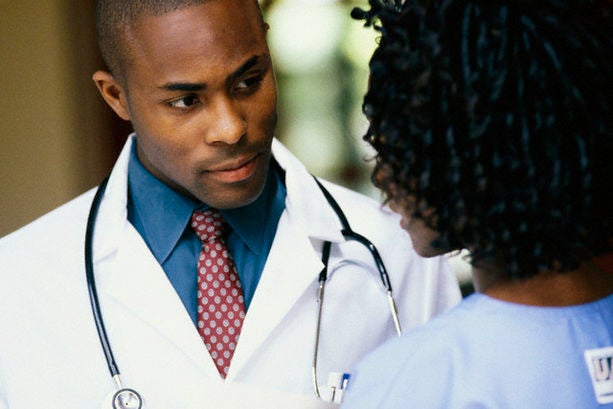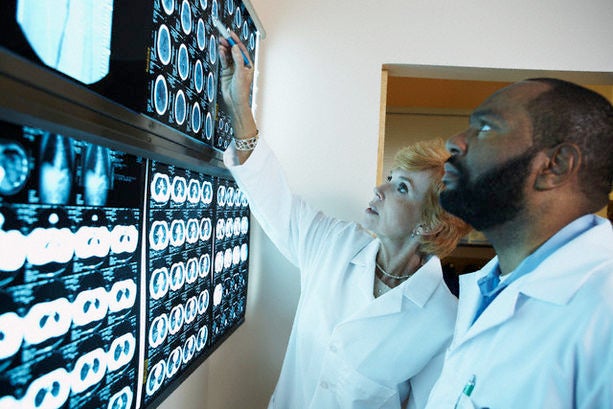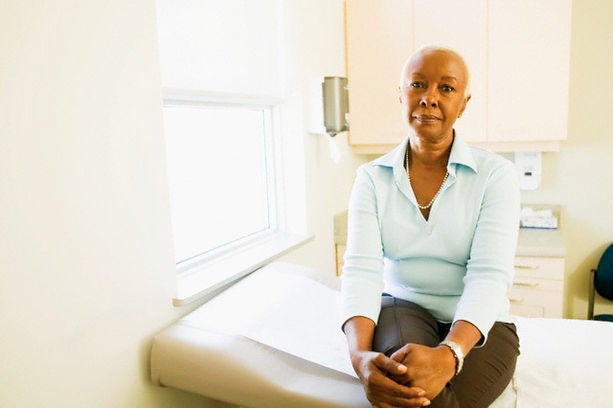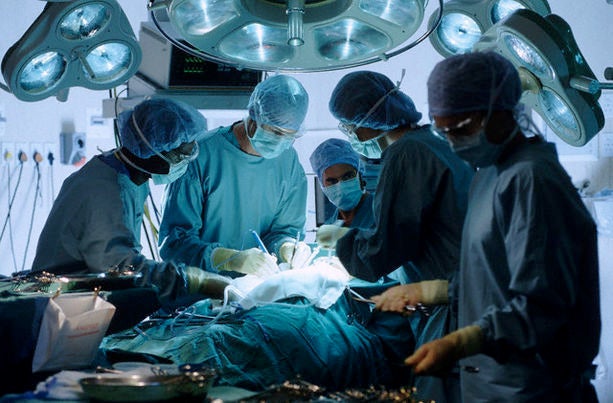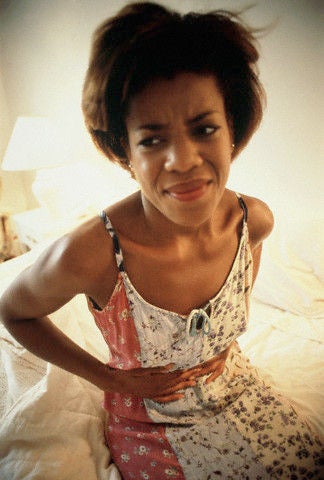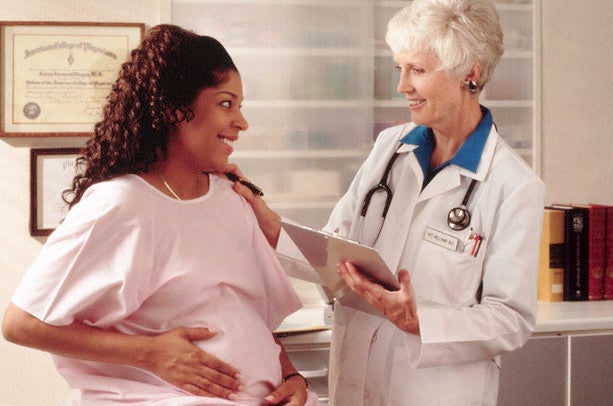They can be uncomfortable, annoying and downright bothersome, but fibroids need to be dealt with as soon as they become a problem. Not sure what they are or if you even have them? We went on a fact-finding mission with Dr. Ronda Snowden, a board-certified OB-GYN practitioner in Lake Success, New York, to ask her to answer some common questions regarding fibroids.
What she says may surprise you.
By Wendy L. Wilson
Aren’t fibroids tumors, which means they’re a sign that you may have cancer?
Fibroids are the most common benign growth in women and are also known as uterine fibroids, myomas, or fibromyomas.
“While yes, they are technically tumors, fibroids are just masses that can be either benign or malignant,” says Dr. Snowden. “There is a very small chance—less than one percent—that they can become malignant.”
Won’t fibroids make me infertile and unable to have a family of my own?
“In medicine you say nothing is ever always,” advises Dr. Snowden. “Because they are so common, the majority of women do have fibroids though most doctors just consider them just incidental findings. Yes, they are a cause of infertility but not in the majority of women.”
I’m a Black woman in my 30’s, so there’s a greater chance that I have fibroids.
“Twenty to 40 percent of women age 35 and older have uterine fibroids of a significant size while African-American women are at a higher risk, as many as 50 percent have fibroids of a significant size,” according to Sciencedaily.com.
Fibroids are more common in African-American women, tend to grow larger in size in Black women and occur at an earlier age in us than in women of other racial groups. The reasons why are simply unknown.
My mom, aunts and sister have fibroids. So doesn’t that mean I’ll get them, too?
Overall, doctors don’t know why women develop fibroids. Studies are currently evaluating whether or not genetics, abnormalities in blood vessels, obesity and diet definitely play a factor. But family history is something to seriously consider.
“There is a hereditary predisposition, so chances are if that many women in your family have them, there is a strong probability that you will get them also,” warns Dr. Snowden. “But, remember, nothing is every always. You may be the lucky one in your family who doesn’t get them."
Once you’re examined by your doctor and receive the news that you do have fibroids, it’s important to think about what you’d like to know next. Research is constantly changing and new techniques are being developed to treat all kinds of gynecological issues.
“Ask about the size, location, how many you have and whether or not your symptoms—heavy bleeding, pain and pressure—are indeed a result of your fibroids,” says Dr. Snowden.
I hear that my only option for treatment is a hysterectomy. Is that true?
“Hysterectomy is at the far end of the spectrum,” says Dr. Snowden. "Myomectomy, is another way to treat them where we remove the fibroids themselves, leaving the uterus intact. Usually it’s done with a small abdominal incision or we can use a laparoscope through the belly button.
We can also use a MRI guided focused ultrasound where high-intensity ultrasound waves are used to destroy the fibroids.
Lastly, there is a procedure called Uterine Fibroid Embolization (UFE), which is really more for older women who are menopausal or perimenopausal. You’re injected with tiny particles smaller than a grain of sand through an incision in the groin into the two main arteries surrounding the uterus. The particles will stop the blood flow to the fibroid, which over time will shrink in size.”
Where are my fibroids located?
Fibroids can be located in four different places. The most common are uterine fibroids found inside the cavity of the uterus, but fibroids can also be found in the wall and outside the wall of the uterus. Treatment often depends on the location of your fibroids. You should discuss your options with your physician.
Why do women get fibroids in the first place?
“They still haven’t figured out why but they know that there is a predisposition for women of African descent,” says Dr. Snowden. African-American women tend to get fibroids younger and develop more than just one.
Other reasons that have been questioned are hereditary, high levels of estrogen (especially found in some foods), and obesity but strong data indicated that women who take oral contraceptives and have already had a child have a lower risk of fibroids. Nutritionists also believe that eating whole grains, foods with essential fatty acids and soy can also be helpful.
What if I get pregnant and I have fibroids. Will that put my baby in jeopardy?
“It depends on the size and location,” says Dr. Snowden. “As long as they are in the wall of the uterus and away from where the baby is growing, then there tends to be no problem. Sometimes if they are in the inner layer where the baby is growing, they can then encroach upon the baby’s space, which can lead to miscarriage or preterm labor.”
Have you experienced fibroids? Tell us your story below.
